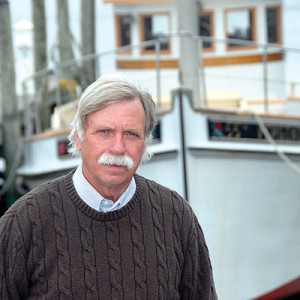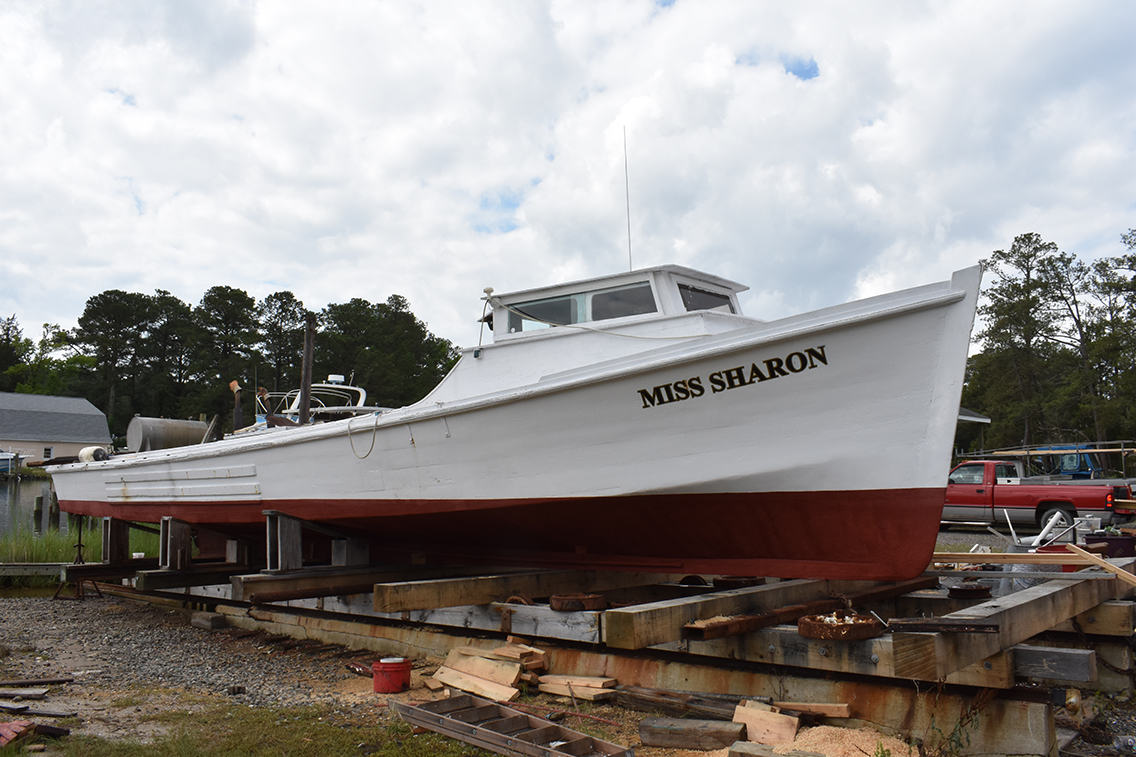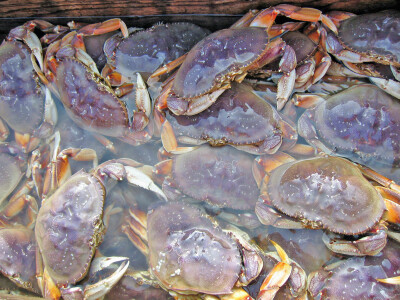Frank Nelson of White Stone, Va., says he has commercial fished for 45 years, working in the New England scallop fishery to chasing swordfish in waters around Key West, Fla., and never had the privilege to have his name printed in National Fisherman.
Well, you made it this month, Frank!
Nelson and his wife, Kathy, have recently rebuilt a 30-ton commercial railway on Antipoison Creek near White Stone and are hauling commercial fishing boats.
When they purchased the old railway, most of the parts were in the creek. The engine and onshore gears, used to haul boats, were sold off by a previous owner.
The couple bought the property five years ago and have slowly rebuilt the railway. “When we got here, most of the steel rails and wheels and all but 14 feet of the wooden cradle were underwater,” says Nelson. “We used the surviving 14-foot cradle as a template to rebuild a cradle that can now handle up to 50-foot-long boats.”
Nelson used Virginia white oak and pressure-treated pine beams to rebuild the cradle. Since the stationary engine and gears were removed, Nelson now hauls boats with a Ford 4110 utility tractor.
In May, Nelson had his own boat on the rails. She was named Miss Sharon but has since been renamed Miss Kathy after Nelson’s wife. The wooden 42' x 12.6' x 5' 7" was built in 1990 by the late Frances Haynie of Northumberland County, Va.
Before purchasing the Miss Kathy, Nelson worked out of a wooden 30-foot deadrise built by Jerry Pruitt of Tangier Island. “As (Virginia’s) oyster fishery started coming back, we leased some private oyster grounds,” says Nelson. “I found out I needed a bigger boat to carry more seed (oysters) to my beds. My new boat will carry about 300 bushels, compared to 70 bushels in my old boat.”
After Nelson bought the Miss Kathy, he discovered portions of the boat were infested with wharf borer beetles and some wood had been compromised. “I’ve had experience with these bugs before, and the only way to get rid of them is to remove all the soft wood,” he says.
Nelson replaced 23 bottom planks with pressure-treated wood and coated the entire inside of the bottom with linseed oil and turpentine. “My experience with those bugs is that they do not settle in pressure-treated wood,” he says. He also replaced all of the floor decking inside the boat with 3/4-inch marine plywood.
After Miss Kathy went back into the water in July, Nelson hauled a 37-foot deadrise for routine maintenance owned by oysterman Robert Burnett of Kilmarnock, Va. “Needless to say, Kathy and I are going to cater to working watermen,” says Nelson.
Moving to another Virginia yard, there is hardly ever a day when there is not a commercial fishing boat on the hard at Holiday Marina in Achilles, Va. Dave Westcott of Seaford and Richard Green of Hayes are longtime watermen who were working at the yard in July on their own boats.
Westcott owns the 42-foot deadrise C.E. Crockett, named after his grandfather. The C.E. Crockett was built in 1979 in Deltaville, Va., by Grover Lee Owens.
Westcott currently works the boat out of Rescue, Va., on Pagan River, where he and his mate, Eric Muza, oyster year-round. When Virginia’s public oyster dredge fishery is closed, they work on state-leased private grounds.
At the yard, Westcott, 70, was sitting on the tailgate of his truck while Muza was preparing the boat to paint. The captain was taking a break as he recently had a knee replacement, which according to him was successful.
At some time in the life of the C.E. Crockett, the wooden hull was encapsulated with fiberglass. A section of fiberglass had pulled away from the bottom near the stern. Westcott and Muza removed the strut and prop to provide space enough for applying a new coating of fiberglass. They are also painting the boat from top to bottom.
Just a few boats down, Green has a hull of a 45-foot deadrise sanded down to bare wood and covered with a makeshift tent. The deadrise was built by Edward Diggs, a longtime Mathews County, Va., boatbuilder now retired from the trade.
The boatowners coordinated the hiring of a fiberglass specialist to encapsulate the hull on Green’s boat and patch the bottom on Westcott’s vessel. They were awaiting his arrival.
While getting the hull ready to glass, Green replaced a few small chunks of wood in the round stern and installed some new side planking. “The hull is in great shape,” Green says.
Green is counting on Virginia’s oyster fishery to continue to thrive and grow. He leases over 2,000 acres of oyster grounds from the state. The 45-foot deadrise will be used to work those grounds.







